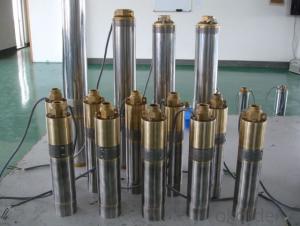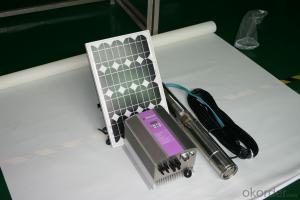Borehole solar water pump
- Loading Port:
- Shanghai
- Payment Terms:
- TT OR LC
- Min Order Qty:
- -
- Supply Capability:
- 300 set/month
OKorder Service Pledge
Quality Product, Order Online Tracking, Timely Delivery
OKorder Financial Service
Credit Rating, Credit Services, Credit Purchasing
You Might Also Like
how is the rotor made:
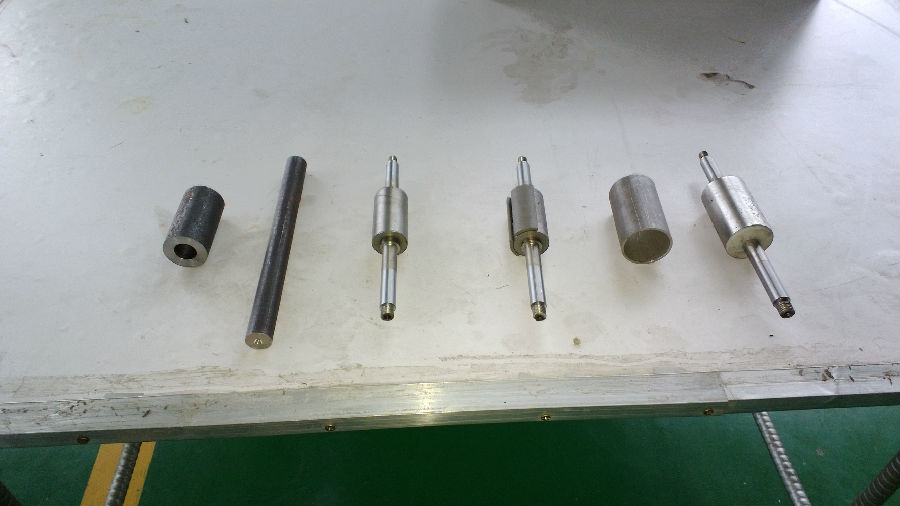
how is the motor made:
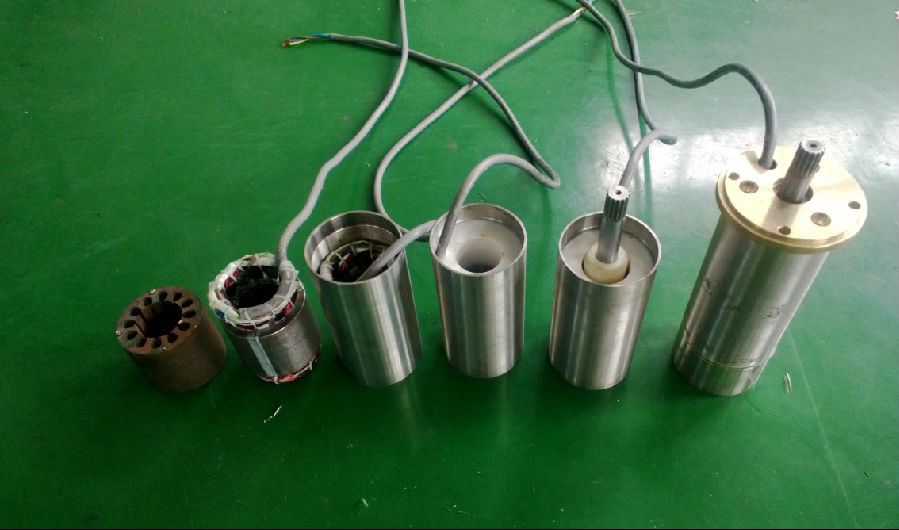
the pump :
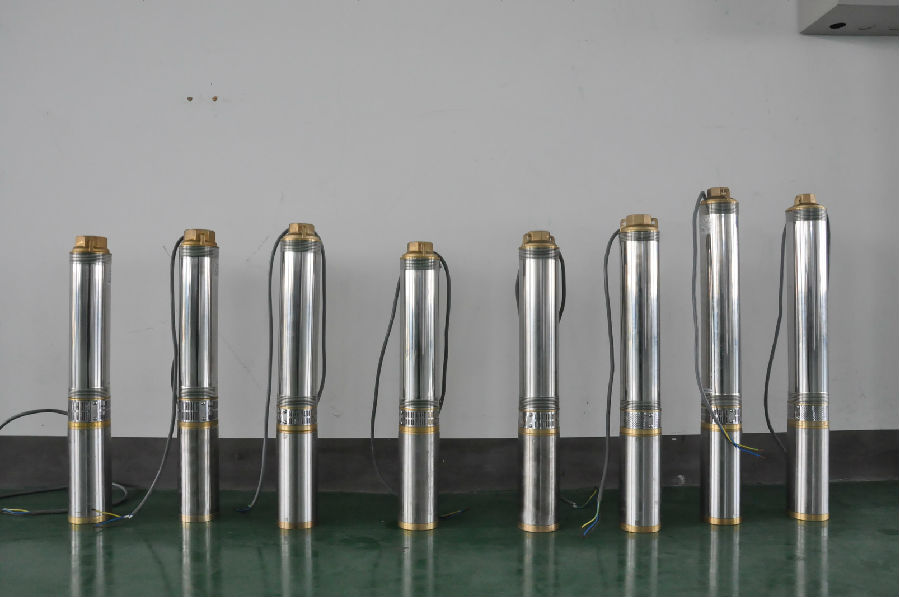
controller terminal connection:
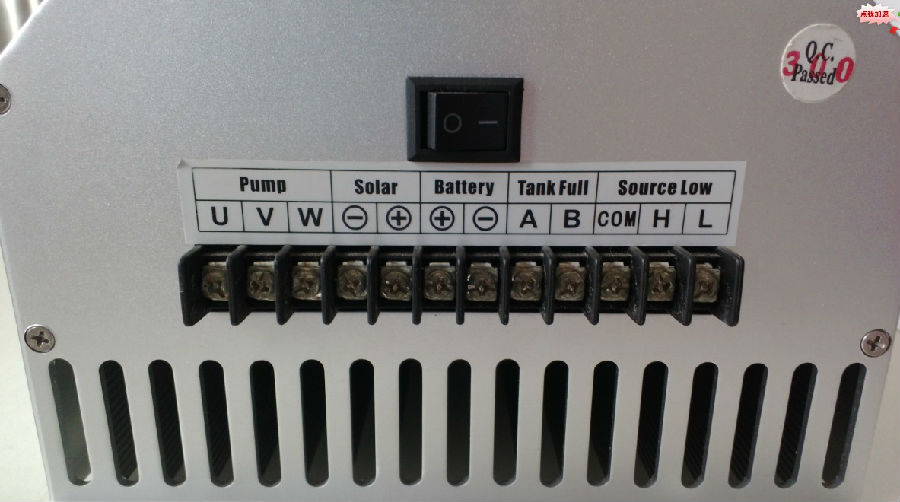
The permanent magnet:
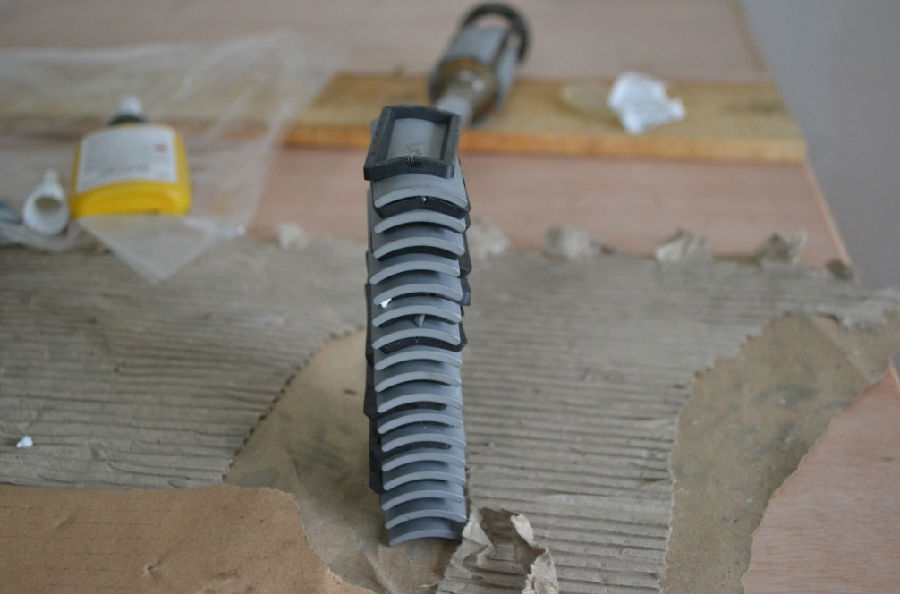
the impeller:

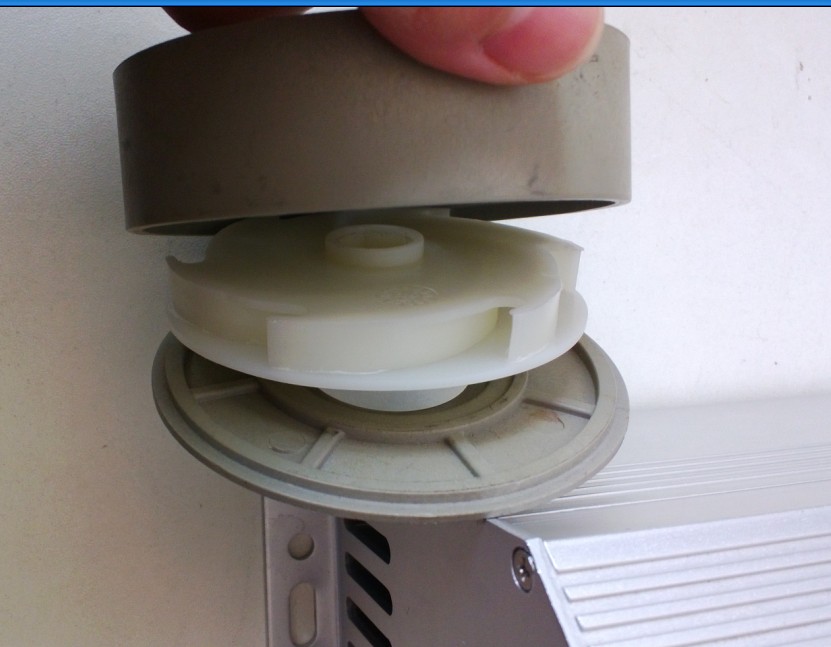
controller box:
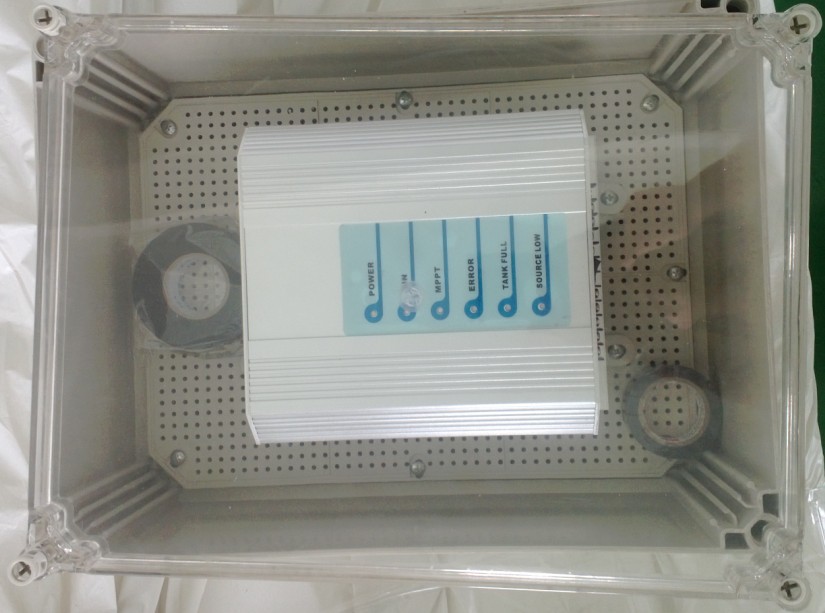
the senors:
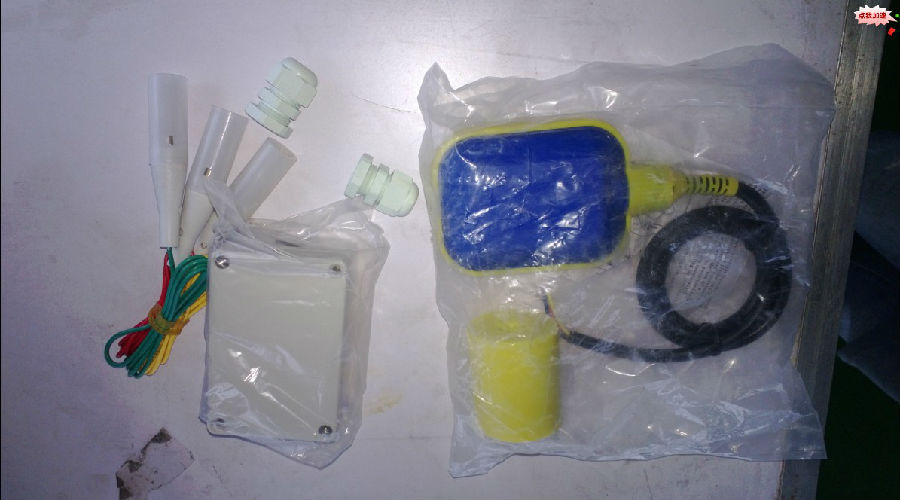
the test:
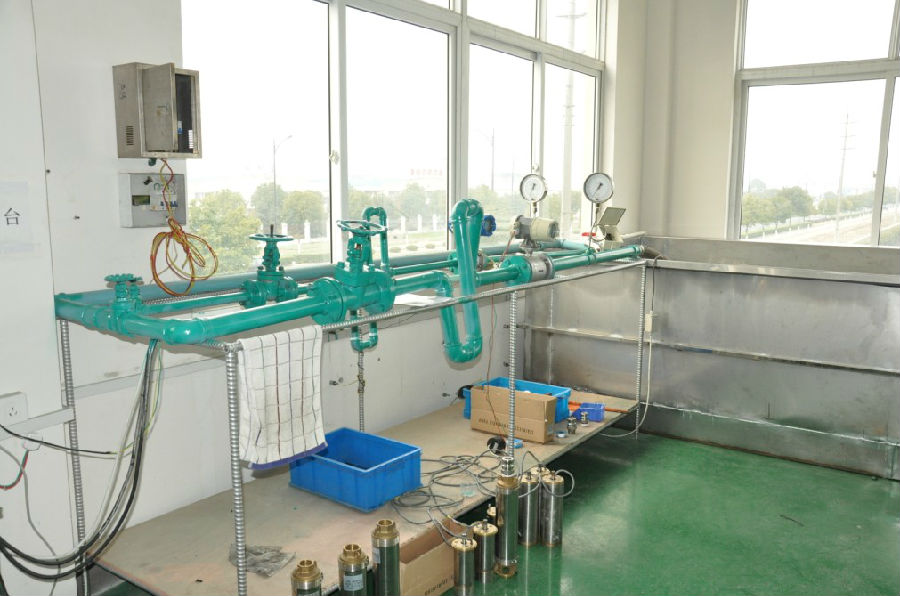
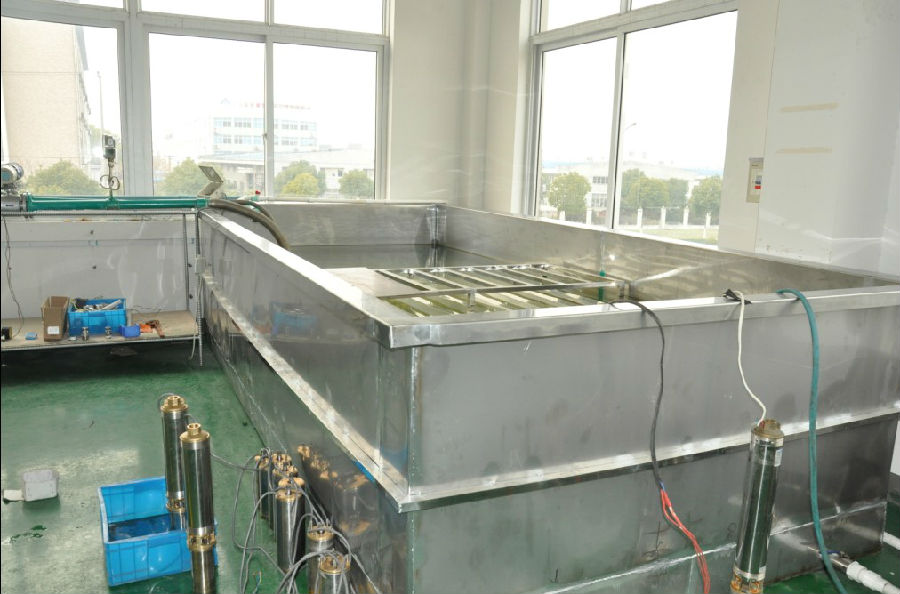
the application:
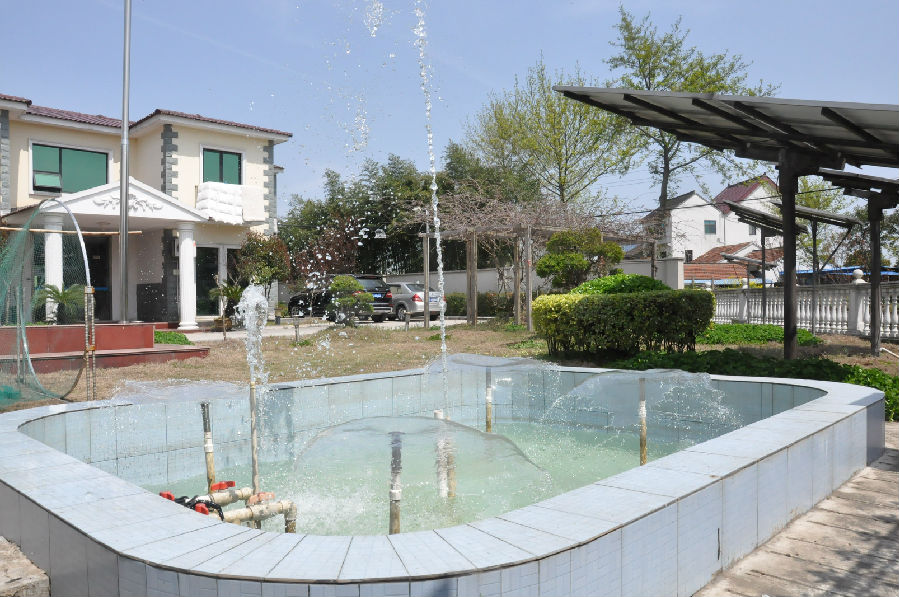
the package:
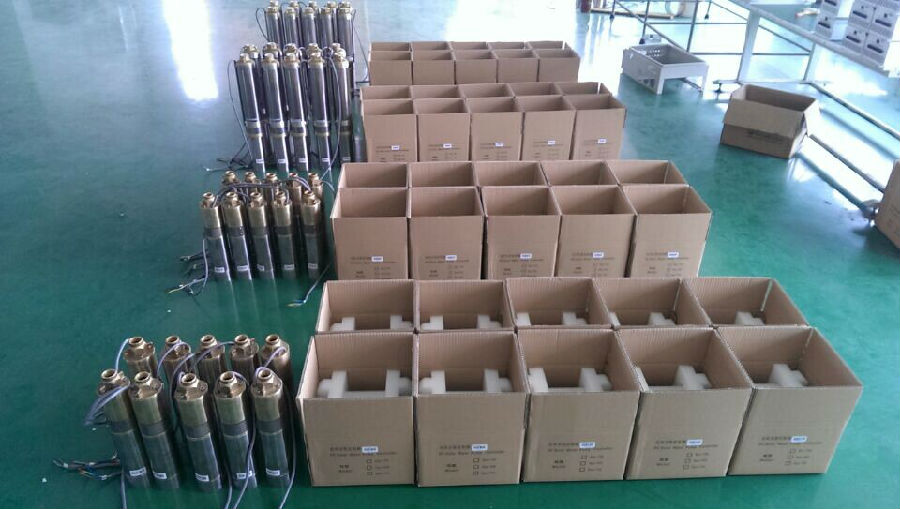
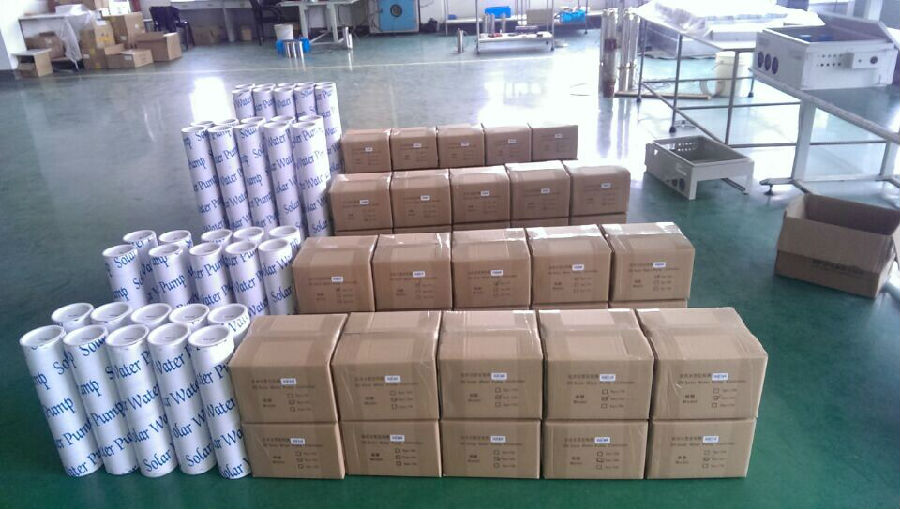

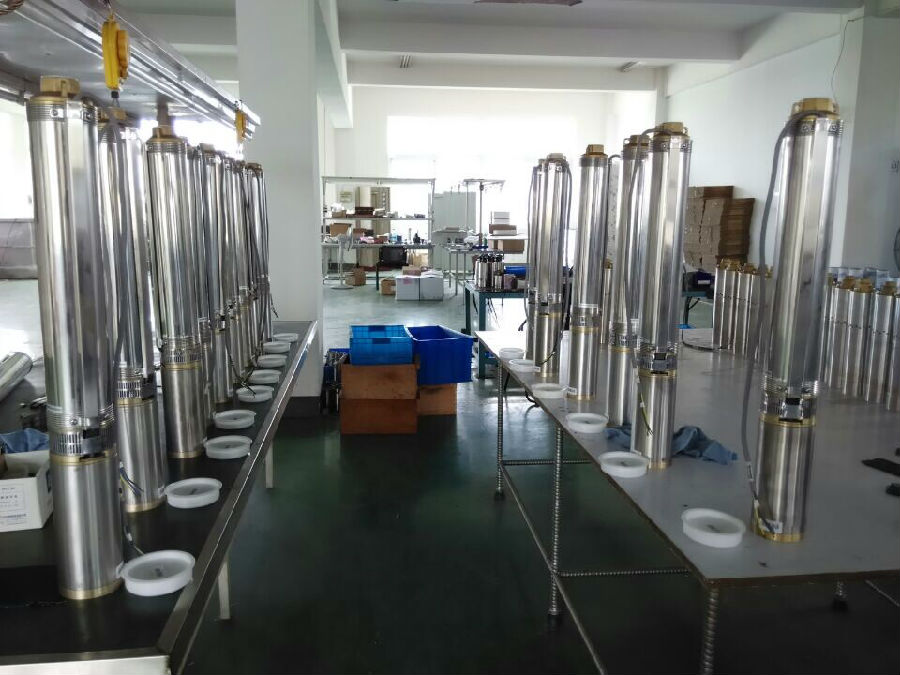
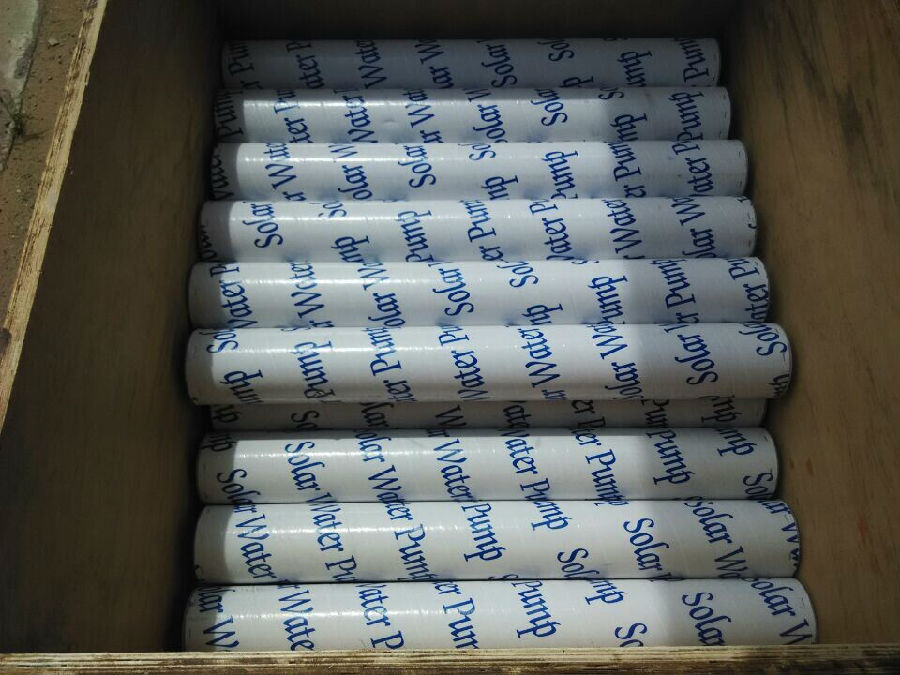
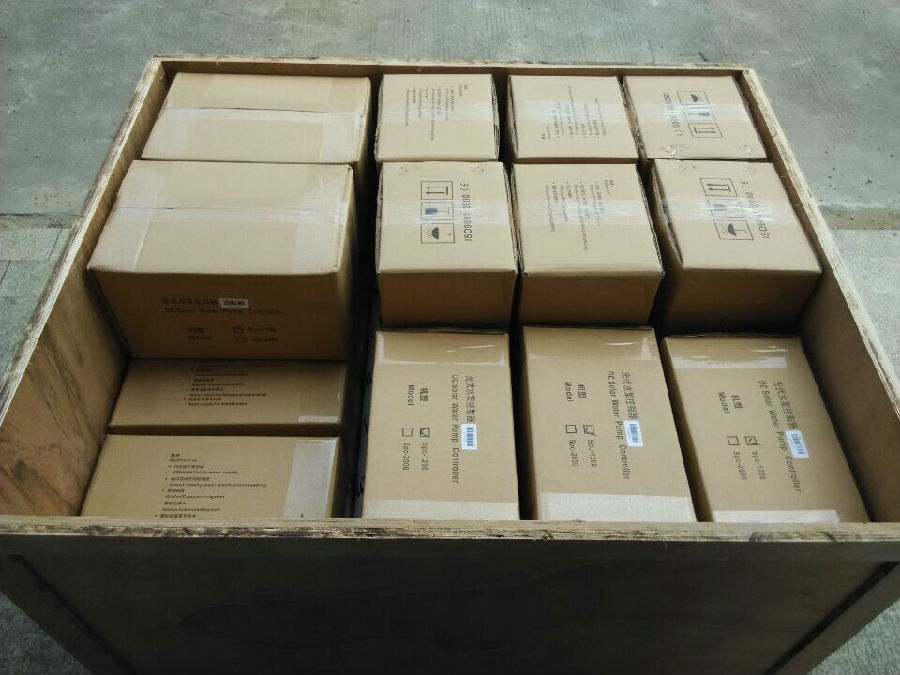
- Q:What is the lifespan of a solar pump?
- The lifespan of a solar pump can vary depending on several factors such as the quality of the pump, the maintenance provided, and the operating conditions. However, on average, a well-maintained solar pump can last anywhere between 15 to 25 years.
- Q:Are solar pumps suitable for areas prone to flooding?
- Yes, solar pumps are suitable for areas prone to flooding. Since they operate on solar power, they do not depend on electricity grids and can continue to function even during floods. They are also typically designed to be waterproof and resistant to water damage, making them a reliable solution for water pumping in flood-prone areas.
- Q:Can a solar pump be used in both residential and commercial applications?
- Yes, a solar pump can be used in both residential and commercial applications.
- Q:What is the expected impact of shading on the performance of a solar pump?
- The efficiency and overall output of a solar pump are expected to be reduced by shading. Shading occurs when any obstruction blocks sunlight from reaching the solar panels of the pump. Since solar pumps rely on solar energy to generate electricity, shading can have a significant impact on their performance. When shaded, the solar panels receive less sunlight, resulting in a decrease in power production. This decrease in power output directly translates to a decrease in the pumping capacity of the system. The shaded area on the solar panels creates a bottleneck for the flow of electricity, which causes a drop in the overall efficiency of the pump. If shading occurs during peak sunlight hours, the impact can be further intensified. This means that the pump's performance will be most affected during the times when solar energy is readily available. Shading can also lead to temperature imbalances on the solar panels, creating hot spots and potentially damaging the system. To minimize the impact of shading, it is crucial to select the proper site and orient the panels correctly. By placing the solar panels in an area with minimal shading, such as an open field or rooftop, the system can maximize its exposure to sunlight. Implementing a tracking system that adjusts the position of the panels throughout the day can also help reduce the effects of shading. In conclusion, shading has a detrimental effect on the performance of a solar pump, resulting in decreased efficiency and output. Proper planning and positioning of the solar panels are essential to minimize shading and optimize the pump's performance.
- Q:What is the difference between centrifugal pumps and circulating pumps?
- Often, it is not possible to clearly delineate the obvious boundaries of the two pumps you are talking about.
- Q:Can a solar pump be used in conjunction with a water storage system?
- Yes, a solar pump can be used in conjunction with a water storage system. Solar pumps use energy from the sun to pump water, and they can be connected to a water storage tank or reservoir to store the pumped water for later use. This combination allows for a sustainable and efficient water supply system, especially in areas where access to electricity or traditional water sources may be limited.
- Q:Are solar pumps suitable for use in mountainous regions with varying elevation?
- Yes, solar pumps are suitable for use in mountainous regions with varying elevations. Since solar pumps are powered by the sun, they do not rely on grid electricity or fuel, making them a practical solution for remote areas. Additionally, the varying elevation in mountainous regions does not affect the functionality of solar pumps as they can be installed at different locations based on the water source and requirements. Overall, solar pumps provide a sustainable and efficient option for pumping water in mountainous regions with varying elevation.
- Q:Can a solar pump be used in remote areas?
- Yes, a solar pump can be used in remote areas. Solar pumps are designed to operate using solar energy, which makes them ideal for areas without access to electricity grids. They can be used to pump water for irrigation, livestock, or even for drinking purposes in remote locations where traditional power sources are not available. Solar pumps offer a sustainable and cost-effective solution for water pumping needs in remote areas.
- Q:Are there any specific installation requirements for a solar pump system?
- A solar pump system has specific installation requirements that can vary depending on the system's type, size, location, and intended use. To begin, it is important to ensure that the solar panels receive sufficient sunlight throughout the day. Ideally, they should be installed on a roof or in an area with unobstructed access to sunlight. Moreover, the panels should be positioned at an optimal angle to maximize solar energy absorption. In addition, the system should be installed in a location that allows for easy maintenance and repairs. This involves providing enough clearance around the system and ensuring that there are no obstructions that could hinder access to the pump, controller, or other components. Another crucial requirement is the proper sizing and installation of the pump itself. This entails considering factors such as the required flow rate, pressure, and the specific application of the pump system. It is essential to choose a pump that is suitable for the intended use and meets the system's requirements. Moreover, the system should be installed with safety precautions in mind. This includes grounding the system to protect against electrical shocks and ensuring that all electrical connections are adequately insulated. It is also advisable to incorporate a disconnect switch and surge protection devices to safeguard the system from power surges and other electrical issues. Lastly, it is crucial to adhere to local building codes and regulations related to solar pump system installation. This may involve obtaining necessary permits and complying with specific guidelines established by local authorities. Overall, the installation of a solar pump system necessitates careful consideration of factors such as solar panel placement, pump sizing, safety measures, and compliance with local regulations. It is recommended to consult with a professional installer or seek guidance from reputable manufacturers to ensure a successful and efficient installation.
- Q:How do I choose the right size solar pump for my needs?
- To choose the appropriate solar pump size for your needs, there are several factors that should be taken into account. Follow these steps to make a well-informed decision: 1. Assess your water requirements: Begin by evaluating the amount of water you need the solar pump to deliver. Factors such as the size of your water feature, depth of the water source, and desired flow rate for your specific application should be considered. This will establish a baseline for the pump's capacity. 2. Evaluate the flow rate of the pump: Typically, the flow rate of a solar pump is measured in gallons per hour (GPH) or liters per hour (LPH). Ensure that the chosen pump has a flow rate that adequately meets your water requirements. It is advisable to select a pump slightly above your needs to accommodate any fluctuations or future expansion of your water feature. 3. Take lift height into account: The lift height, also referred to as the pump's head, indicates the vertical distance the pump needs to push the water. If your water source is situated at a higher elevation or if you intend to pump water to an elevated point, a pump with a higher lift height capability is necessary. Confirm that the chosen pump can handle the required height. 4. Evaluate the capacity of the solar panel: Solar pumps are powered by solar panels, so it is crucial to consider the capacity of the panels in relation to the power requirements of the pump. Ensure that the solar panels can generate enough electricity to efficiently operate the pump. Take into account factors such as the pump's voltage, current requirements, and the wattage and voltage output of the solar panel to ensure compatibility. 5. Consider sunlight availability: The amount of sunlight your location receives is a significant factor when selecting a solar pump. If you reside in an area with limited sunlight, you may require a larger solar panel or a pump with a backup battery system to ensure uninterrupted operation during cloudy days. 6. Review product specifications and customer feedback: Once you have narrowed down your options, thoroughly examine the product specifications for each pump under consideration. Look for details regarding features, warranties, and customer reviews to ensure that the pump aligns with your specific needs and is reliable. By considering factors such as water requirements, flow rate, lift height, solar panel capacity, sunlight availability, and product specifications, you can select the appropriate solar pump size that effectively fulfills your requirements. It is advisable to seek guidance from a professional or reputable supplier based on your individual circumstances.
1. Manufacturer Overview |
|
|---|---|
| Location | |
| Year Established | |
| Annual Output Value | |
| Main Markets | |
| Company Certifications | |
2. Manufacturer Certificates |
|
|---|---|
| a) Certification Name | |
| Range | |
| Reference | |
| Validity Period | |
3. Manufacturer Capability |
|
|---|---|
| a)Trade Capacity | |
| Nearest Port | |
| Export Percentage | |
| No.of Employees in Trade Department | |
| Language Spoken: | |
| b)Factory Information | |
| Factory Size: | |
| No. of Production Lines | |
| Contract Manufacturing | |
| Product Price Range | |
Send your message to us
Borehole solar water pump
- Loading Port:
- Shanghai
- Payment Terms:
- TT OR LC
- Min Order Qty:
- -
- Supply Capability:
- 300 set/month
OKorder Service Pledge
Quality Product, Order Online Tracking, Timely Delivery
OKorder Financial Service
Credit Rating, Credit Services, Credit Purchasing
Similar products
New products
Hot products
Hot Searches
Related keywords






